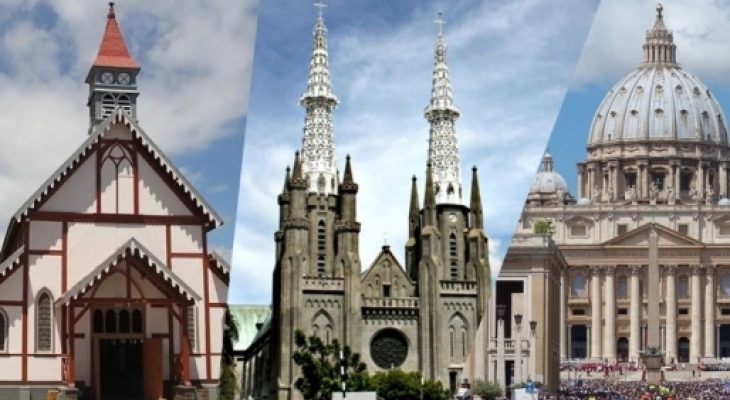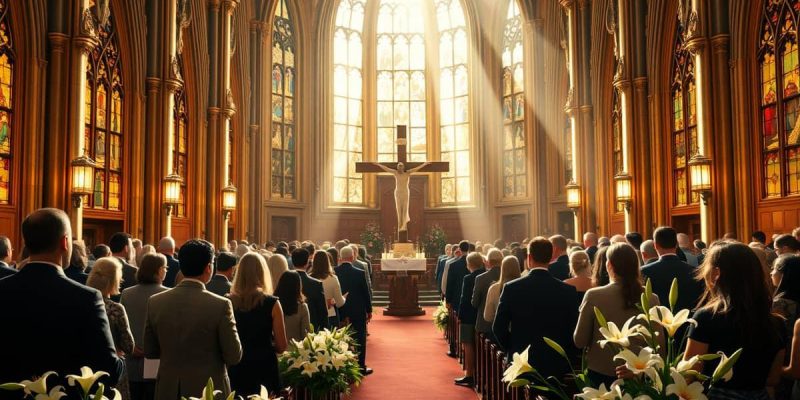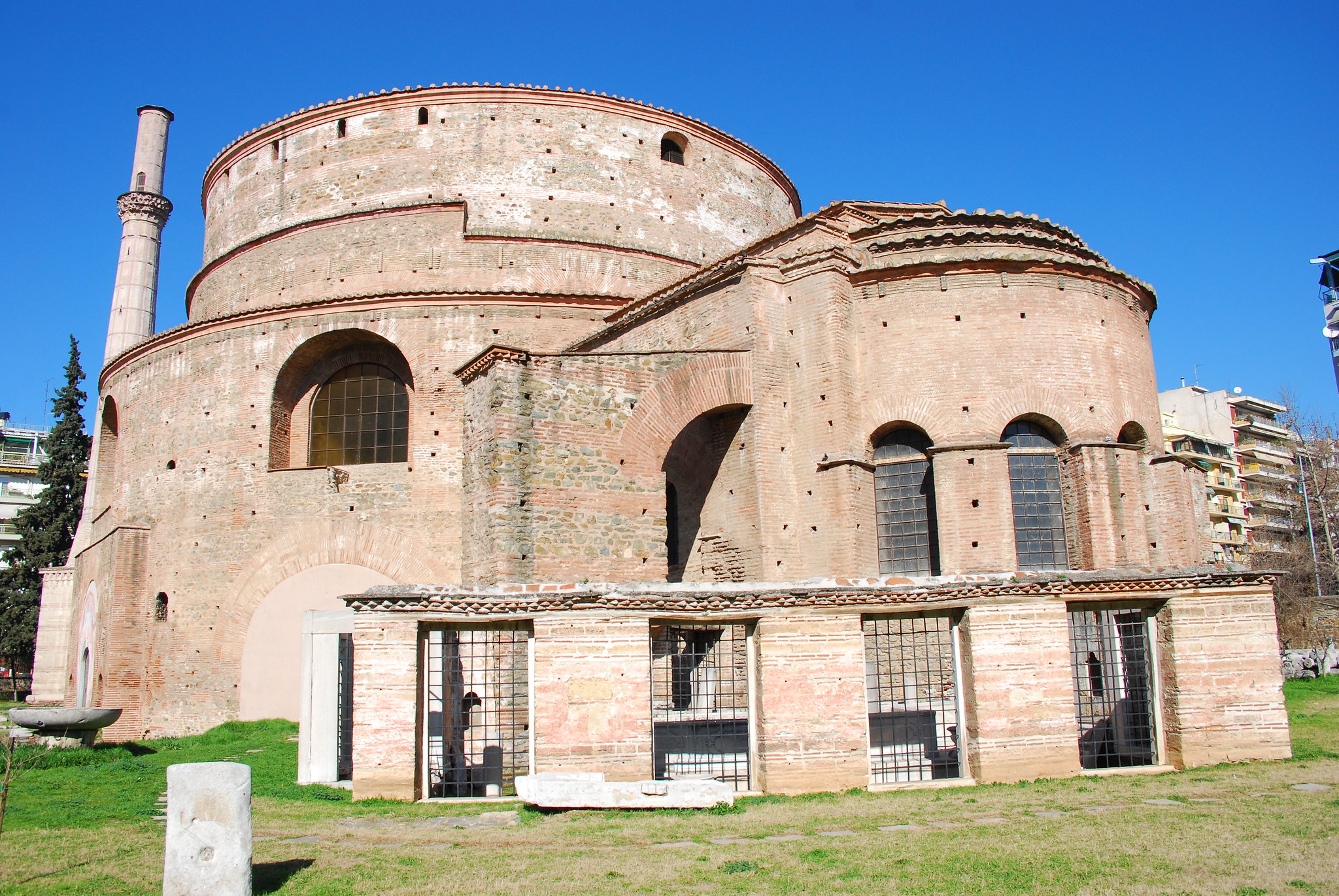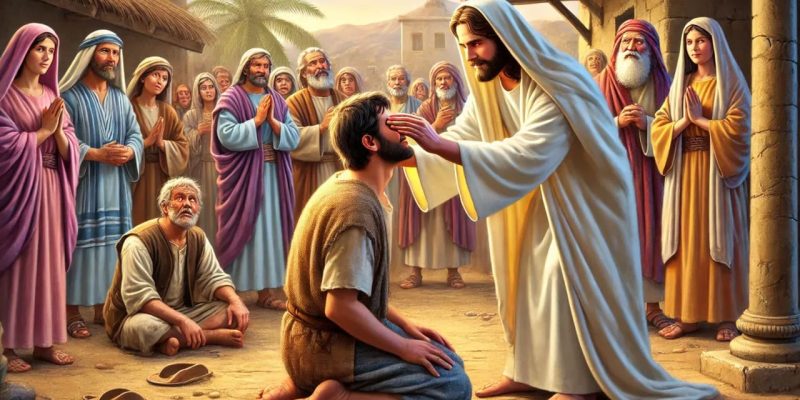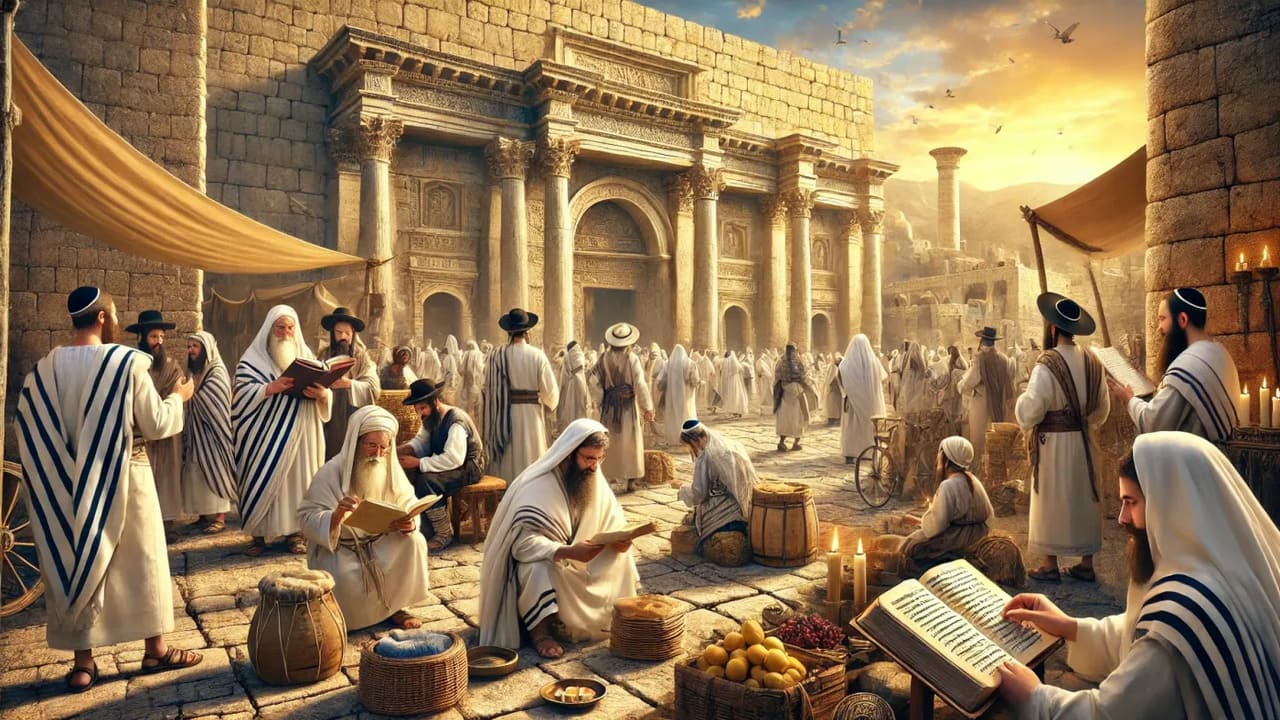Thorn Ville Church – Thorn Ville dikenal sebagai tempat ibadah dengan sejarah panjang. Namun, selain menjadi rumah doa, tempat ini juga menyimpan kisah hidup orang-orang yang pernah berjuang bagi iman dan komunitas. Saat seseorang memasuki halaman gereja, suasana tenang langsung menyapa. Pepohonan tua memberi keteduhan. Angin kecil membawa aroma damai. Karena itu, banyak pengunjung merasa seolah waktu melambat di sini. Pada titik itulah, makam Thorn Ville Church mulai menunjukkan maknanya.
Di area pemakaman gereja, batu-batu nisan berdiri rapi. Setiap batu menceritakan perjalanan seseorang. Ada yang mengabdi sebagai pemimpin gereja. Ada pula pendidik, musisi rohani, dan pelayan masyarakat. Makam ini bukan sekadar simbol kematian. Sebaliknya, makam Thorn Ville Church menjadi ruang untuk mengenang pelayanan, cinta, dan dedikasi. Karena itu, banyak peziarah datang untuk berdoa, merenung, dan menghargai sejarah yang masih hidup.
Seseorang yang berjalan perlahan di antara nisan akan merasakan keheningan yang penuh makna. Tidak hanya itu, suara burung dan hembusan angin menciptakan harmoni alami. Namun, suasana sederhana ini justru memberi kenyamanan mendalam. Maka, pengalaman mengunjungi makam Thorn Ville Church menjadi perjalanan spiritual yang kuat. Tempat ini membantu kita mengingat bahwa iman dapat bertahan melalui generasi, dan warisan tidak hanya berbentuk bangunan, tetapi juga kehidupan yang telah dijalani.
Sejarah Pemakaman Gereja
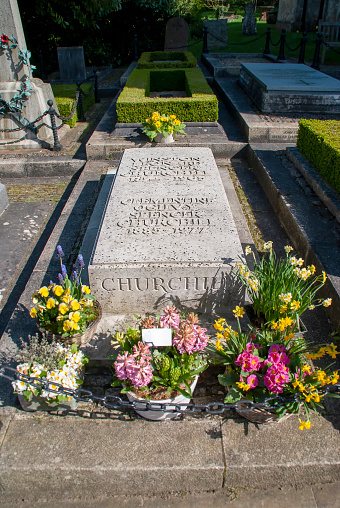
Pemakaman di sekitar gereja sudah ada sejak awal berdirinya Thorn Ville Church. Pada masa itu, masyarakat percaya bahwa beristirahat di dekat rumah Tuhan adalah sebuah kehormatan. Karena itu, makam Thorn Ville Church menjadi tempat peristirahatan tokoh penting komunitas Kristen lokal. Selain itu, keberadaan nisan tua membantu kita memahami periode sejarah yang berbeda.
Daftar nilai sejarah:
• Ukiran tangan dari masa lampau
• Simbol iman pada batu nisan
• Penataan makam dengan tradisi gerejawi
• Nama keluarga pendiri daerah sekitar gereja
Pemimpin Gereja Pertama
Salah satu makam tertua di makam Thorn Ville Church adalah milik pemimpin gereja pertama. Ia dikenal bijaksana dan sederhana. Selain memimpin ibadah, ia membantu warga melewati masa sulit. Banyak orang percaya bahwa semangat pelayanan tokoh ini masih terasa di area gereja.
Guru Awal dan Pelopor Pendidikan
Selain pemuka rohani, terdapat makam seorang guru yang memperkenalkan pendidikan berbasis nilai Kristen. Ia mengajar membaca, menulis, dan moral kepada anak-anak desa. Karena dedikasinya, makam Thorn Ville Church juga menjadi simbol lahirnya pendidikan di daerah ini.
Musisi Liturgi dan Penggubah Lagu Rohani
Di salah satu sudut, ada makam musisi gereja pertama. Ia menciptakan lagu-lagu liturgi sederhana untuk jemaat awal. Banyak pengunjung membayangkan suara organ tua mengisi ruang gereja ketika mereka berhenti di depan makamnya. Maka tidak heran jika makam Thorn Ville juga menjadi tempat refleksi bagi pecinta musik rohani.
Keluarga Pendiri Komunitas
Beberapa batu nisan berjejer rapi. Itu adalah makam keluarga pendiri gereja dan wilayah sekitar. Mereka dikenal kuat dalam iman dan gotong royong. Kehadiran mereka menunjukkan bahwa makam Thorn Ville menjadi bukti perjalanan komunitas dari generasi ke generasi.
Pejuang Sosial dan Pelayan Masyarakat
Di sudut yang lebih teduh, terdapat makam seseorang yang dikenal membantu kaum miskin dan orang sakit. Ia bukan pemimpin gereja, tetapi pelayan masyarakat yang bekerja dengan hati. Karena itulah makam Thorn Ville menjadi tempat penghormatan bagi pengabdian tanpa sorotan.
Simbol dan Ukiran Makam
Pada batu-batu nisan, terlihat simbol seperti salib, merpati, dan daun zaitun. Simbol ini sering dipakai untuk menggambarkan damai, harapan, dan kehidupan kekal. Selain itu, beberapa ukiran dibuat sangat detail dan menunjukkan seni lokal. Dengan demikian, makam Thorn Ville Church juga memiliki nilai seni yang tinggi.
Tips saat mengamati ukiran:
• Lihat garis ukiran saat pagi untuk cahaya terbaik
• Perhatikan simbol yang sering berulang
• Baca tulisan perlahan untuk memahami makna
Tradisi Peziarah dan Doa Hening
Banyak orang datang untuk mendoakan mereka yang telah berpulang. Sebagian membawa bunga kecil. Sebagian lagi duduk tenang di bangku dan berdoa. Tradisi ini membuat makam Thorn Ville Church tetap hidup sebagai ruang spiritual. Doa yang terucap di sini sering terasa lebih dalam dan tulus.
Tempat Belajar Sejarah dan Refleksi
Mahasiswa sejarah, peneliti, dan wisatawan sering mengunjungi pemakaman ini. Mereka mempelajari tanggal, nama, dan simbol untuk memahami masa lalu. Namun bagi banyak orang lain, makam Thorn Ville Church adalah tempat refleksi kehidupan. Tempat ini mengingatkan bahwa iman dan kebaikan dapat meninggalkan jejak abadi.
Makna Keheningan dan Warisan
Keheningan di area pemakaman membawa kedamaian. Di sini, seseorang dapat duduk, merenung, dan merasakan karya Tuhan melalui perjalanan umat terdahulu. Maka, makam Thorn Ville Church bukan hanya situs bersejarah. Tempat ini adalah ruang belajar, ruang doa, dan ruang kenangan tentang kehidupan yang dijalani dengan iman, harapan, dan cinta bagi sesama.


